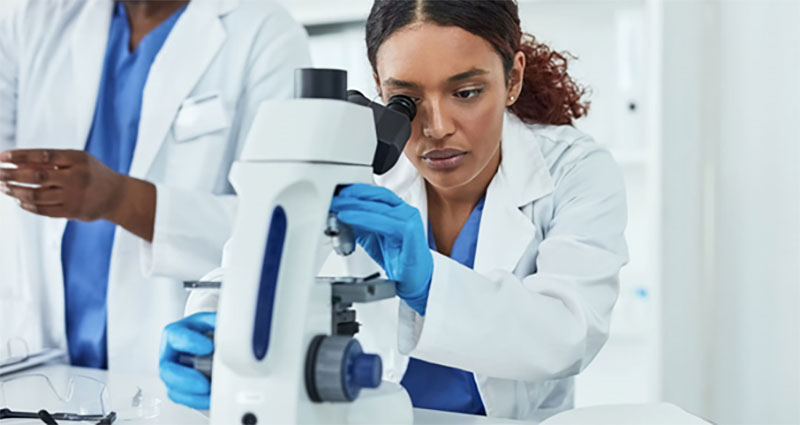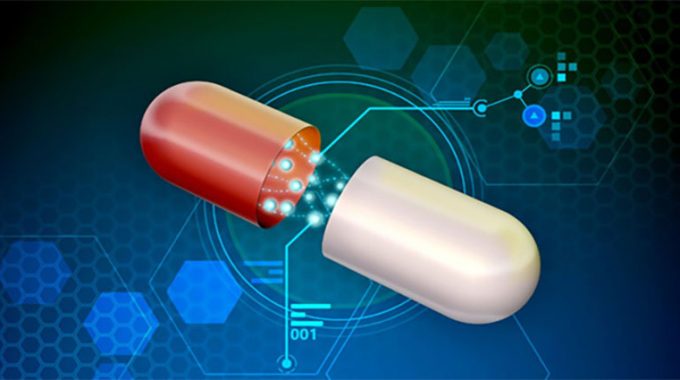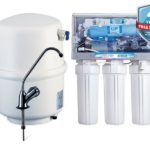A Guide to Drug Development Process
You probably understand that the drug development process is not simple, and it requires comprehensive knowledge and a timeline. For instance, for a new drug to get approval in the US, you will need approximately twelve to fifteen years. It is one-third of the entire professional career.
The next step is to understand the investment you need for drug development and discovery and send it to the market. We are talking about a colossal sum that reaches billions of dollars.
As you can see, biotech drug development requires selecting responsive partners, a massive undertaking that will prioritize handling fast turnaround and high quality simultaneously to avoid potential issues. Nowadays, pharma and biotech drug development, due to technological advancements, found ways to minimize timelines.
That is why professionals should undergo biologics training course, which will allow them to understand each step along the way and start their careers quickly. In the further article, we wish to talk about drug development processes in brief words, providing you with an overview you should understand. Let us start from the beginning.
Things to Know About Drug Development

Drug development is highly complex in different phases, including development, investigating, application, complete clinical testing, and getting FDA approval. As you can see, the entire process requires BLA or biologics license application, new drug applications or NDAs, and a comprehensive review before approval.
Afterward, it enters a point of post-marketing studies. The main goal is to ensure you get safer and more efficient treatments by implementing thorough evaluation procedures.
1. Discovery and Development
It is vital to remember that drug discovery research is the process of finding out and determining the overall function of a specific medication. In the day, design, discovery, and development started by learning and identifying active ingredients purely from chance or traditional medicine.
However, classical pharmacology started researching various chemical libraries, including natural products, small molecules, and plant extracts, to determine whether they have therapeutic effects. Since they can sequence human DNA, they can use reverse pharmacology to determine the best remedies for diseases.
Nowadays, things include iterative medical chemistry, screening hits, and optimization of hits to determine potential side effects. That way, they can understand a medicine’s selectivity and affinity. At the same time, they will take advantage of oral bioavailability, metabolic stability or half-life, potency, and efficiency and improve specific steps.
2. Preclinical Research
As soon as they find a lead compound, the next step is a preclinical phase, which will thoroughly determine the safety and efficiency of a particular medicine. Researchers will check out the following:
- Mechanisms of action and benefits
- Distribution, absorption, metabolization, and excretion
- Side effects
- Administration and dosage
- Interaction with other treatments
- Effects on ethnicity, race, and gender groups
- Comparison with similar drugs
It would be best if you remembered preclinical trials test a new drug on non-human subjects for pharmacokinetic info, toxicity, and efficiency. The scientists will conduct the trials to determine the abovementioned dosages and other factors. You should click here to learn more about development procedure.
3. Clinical Drug Development Process
When you reach a point of complete preclinical research, the next step is to move on to clinical development, which requires volunteer studies, trials, and the process of determining whether humans could use them or not.
Remember that this aspect is one of the most complicated, especially since the implication problems and expenses can affect the trials. At the same time, trials must be productive and safe while completed under the development budget using a specific methodology to ensure that the drug is effective for its intended purpose.
It is a rigorous process you must set up correctly and ensure you get as many volunteers as possible. Proper dosing will determine the effectiveness, while clinical trials can determine the potential escalation, testing side effects, and other problems.
The first step is to conduct a human test, meaning you should find less than a hundred volunteers who can help you assess the safety, absorption, elimination effects, metabolic on the body and potential side effects.
Besides, it would be best if you determined the efficiency and safety by finding between a hundred and five hundred patients and dividing them into two groups. First will receive a placebo or standard drug, while others will use the new one.
During this phase, you should conduct extensive organization, collaboration, and assessment by IRB, Institutional Review Board, IEC, or Independent Ethics Committee.
Remember that humans must be completely safe during clinical trials. In contrast, the HIPAA or Health Insurance Portability and Accountability and GCP or Good Clinical Practices will regulate and ensure overall safety.
4. FDA Review
Finally, when you get formulation and ensure the overall safety and efficiency after getting relevant results from clinical trials, it is vital to check out with FDA about review. During this period, FDA will approve and review or not approve the drug application for a specific condition.
Generally, they must review each step you underwent to determine whether it is safe for public use or not. The approval timeline may be breakthrough accelerated approval especially if it is necessary for patients. It means you will get the results on time. However, if the standard priority review is on hand, the process may last up to a year.
Another essential consideration is that a new drug application can fail for numerous reasons, including PH properties, efficiency, toxicity, inadequate performance, or bioavailability.
- Toxicity – If the toxicity of a new drug is too high in animal and human patients, they will reject it due to safety concerns
- Efficiency – You probably understand that if the medicine is not efficient enough or features inconclusive evidence, the FDA will reject it.
Check out this guide: https://www.wikihow.com/Study-Pharmacology to learn more about studying pharmacology.
5. Post Marketing Monitoring
After you get approval for manufacturing, the FDA will monitor the drug’s safety using FEARS or the FDA Adverse Event Reporting System database. That way, they will determine the post-marketing safety surveillance program, which is essential to ensuring additional safety.














